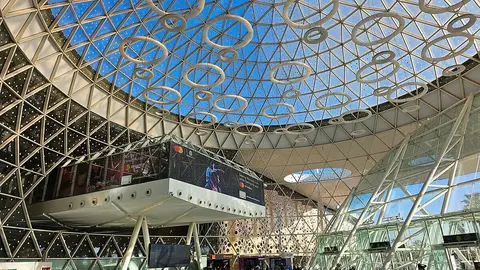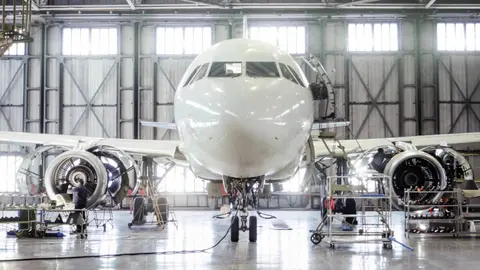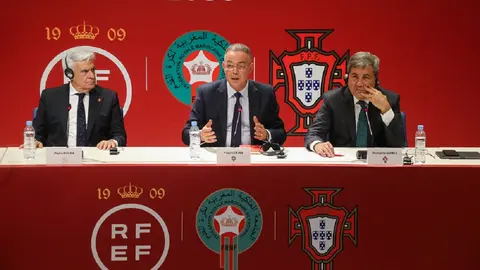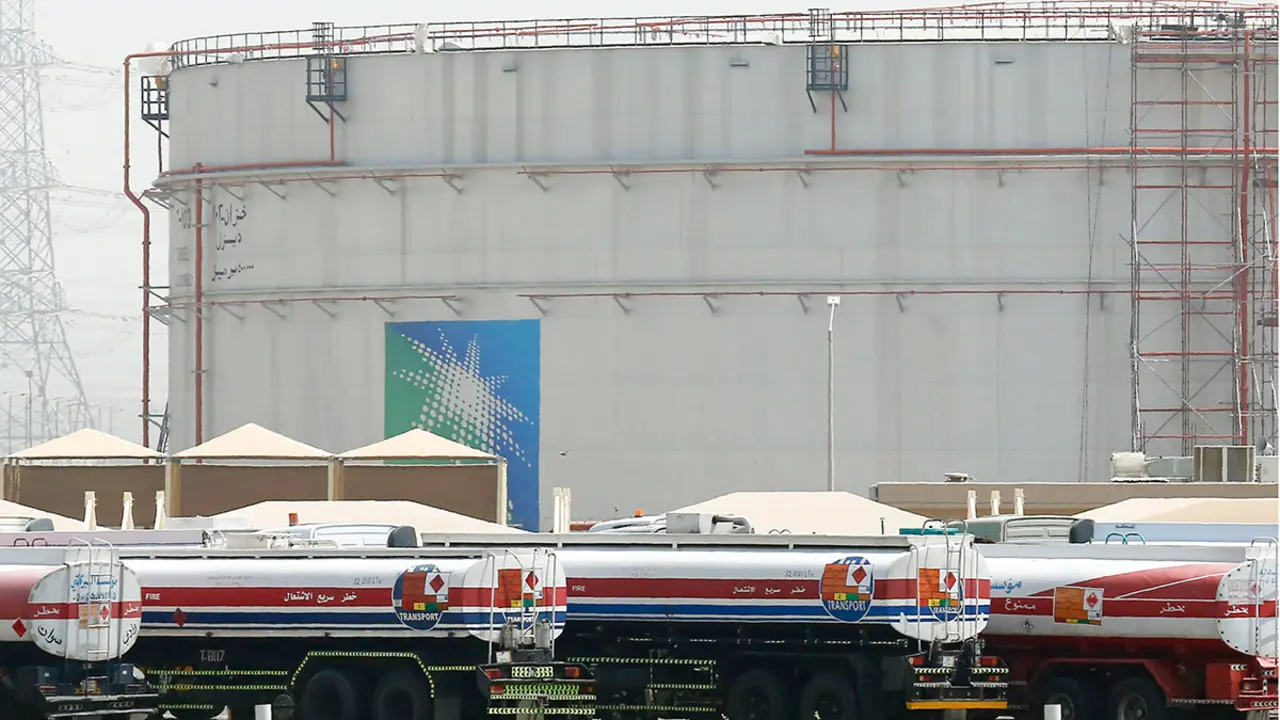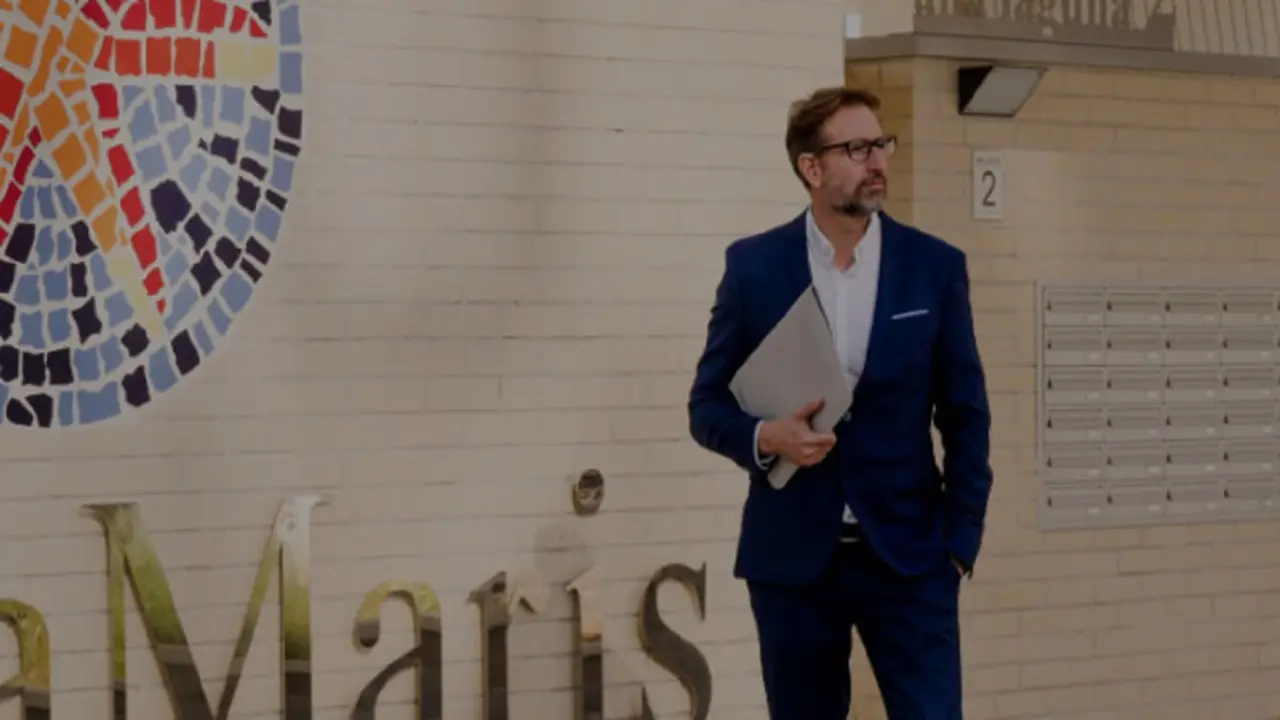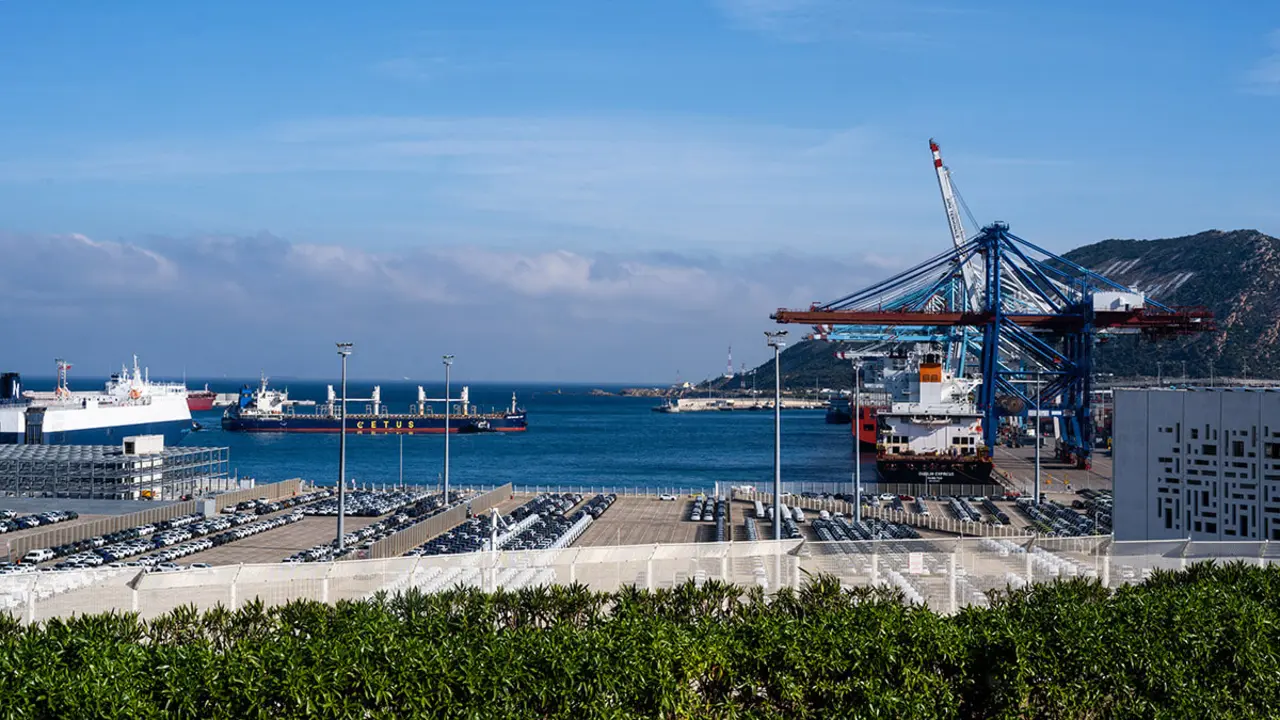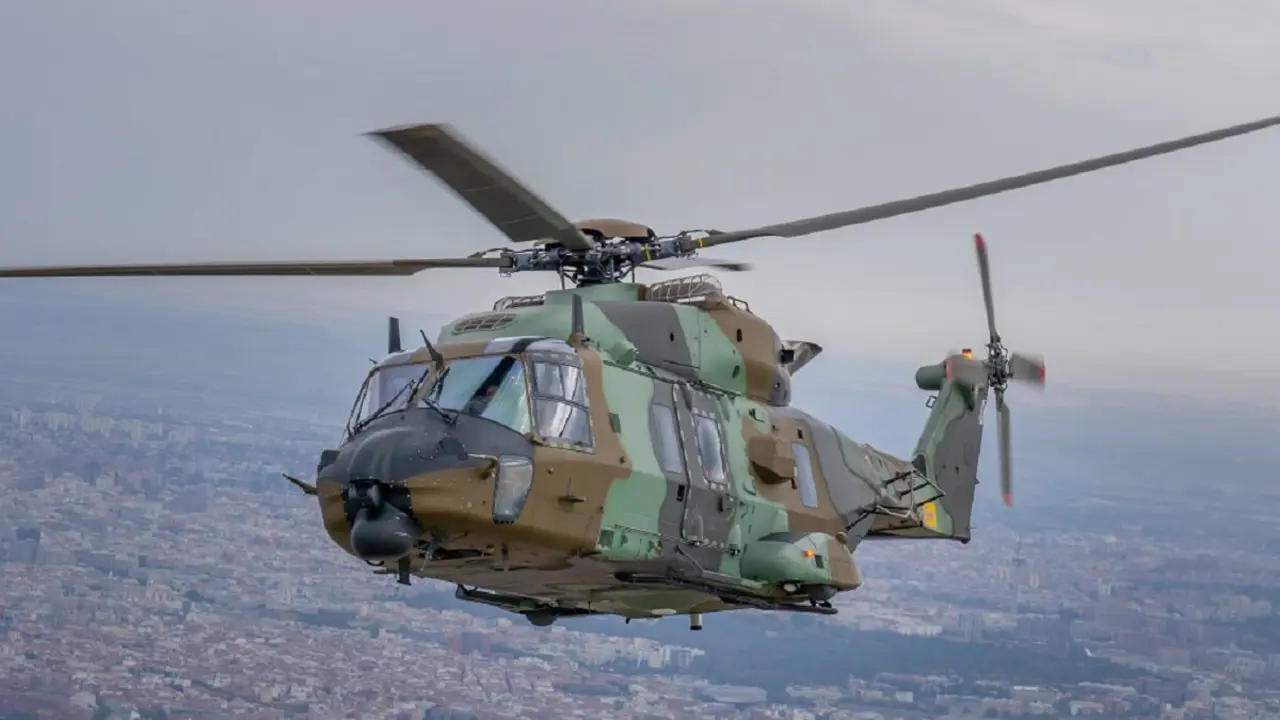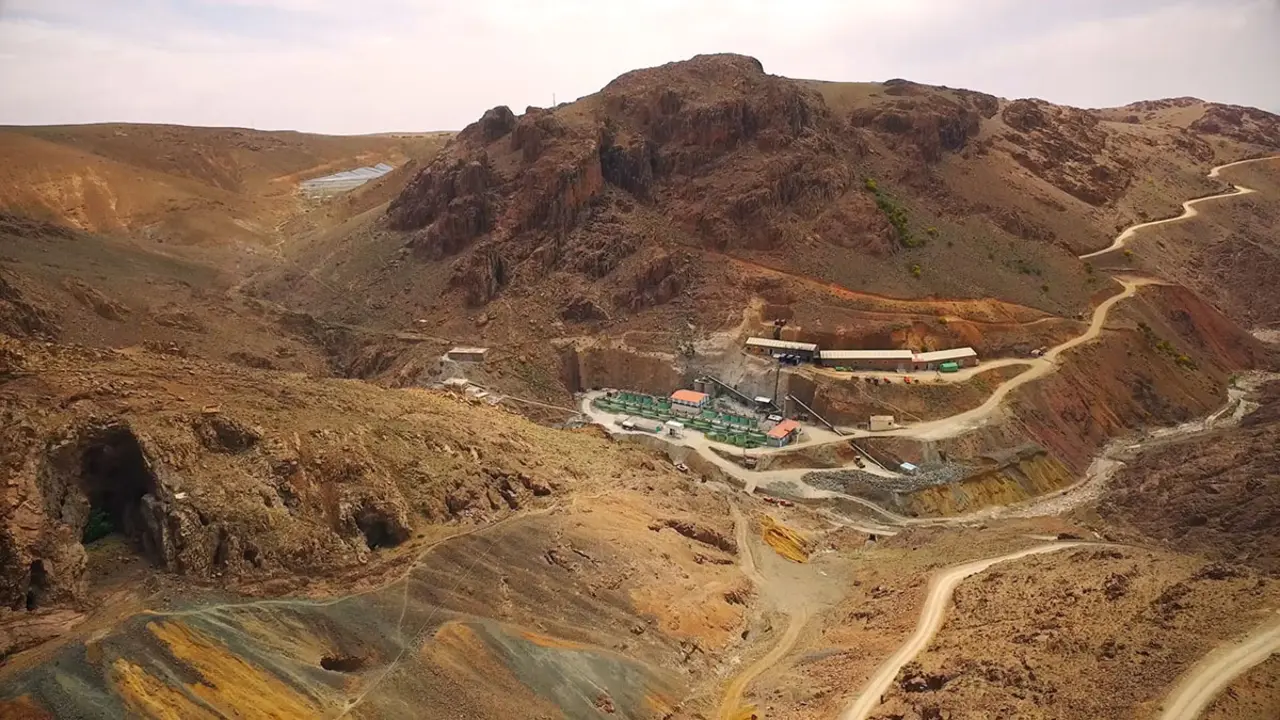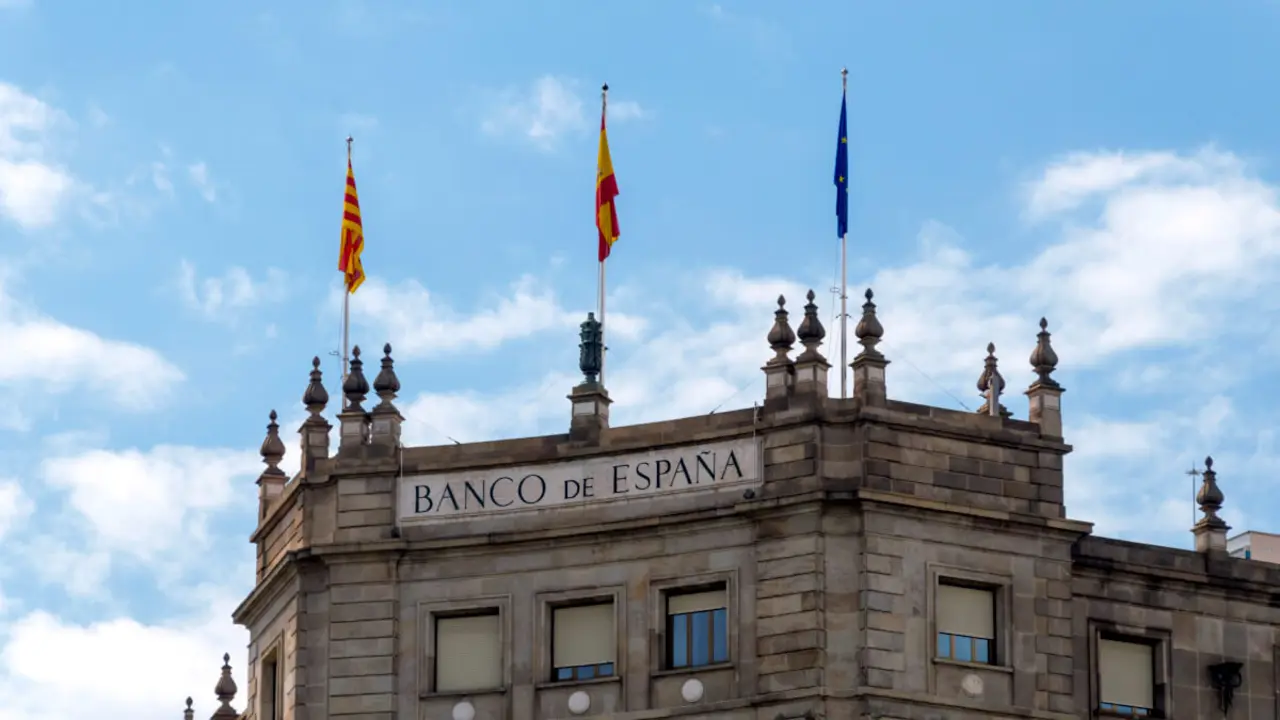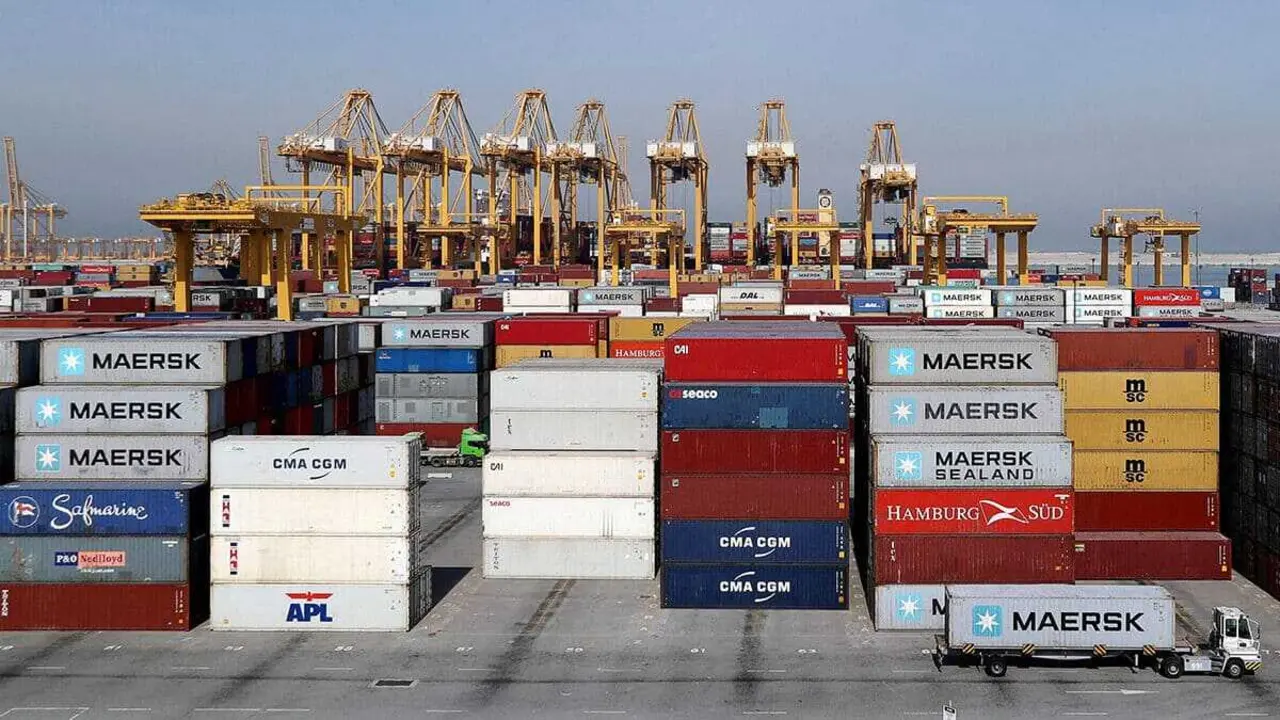Morocco to boost economic growth with innovative transport and logistics plan

- What are the policies and role of Royal Air Maroc?
- Casablanca will be one of the most important hubs in the Mediterranean region
- What other solutions does Morocco have in mind for the 2030 World Cup?
Morocco's Minister of Transport and Logistics, Mohamed Abdeljalil, confirmed to the House of Representatives that the development of government projects in the transport sector will continue ‘at a very significant pace in the coming years’. The continuity with the development of transport infrastructures and logistics is being implemented in line with the road restructuring model for the hosting of the World Cup in 2030.
The minister said in his speech at the meeting of the annual review session of public policies on tourism, that ‘Morocco, in the new development model presented to the King’, has taken a strategic decision to move forward in strengthening the country's competitiveness.
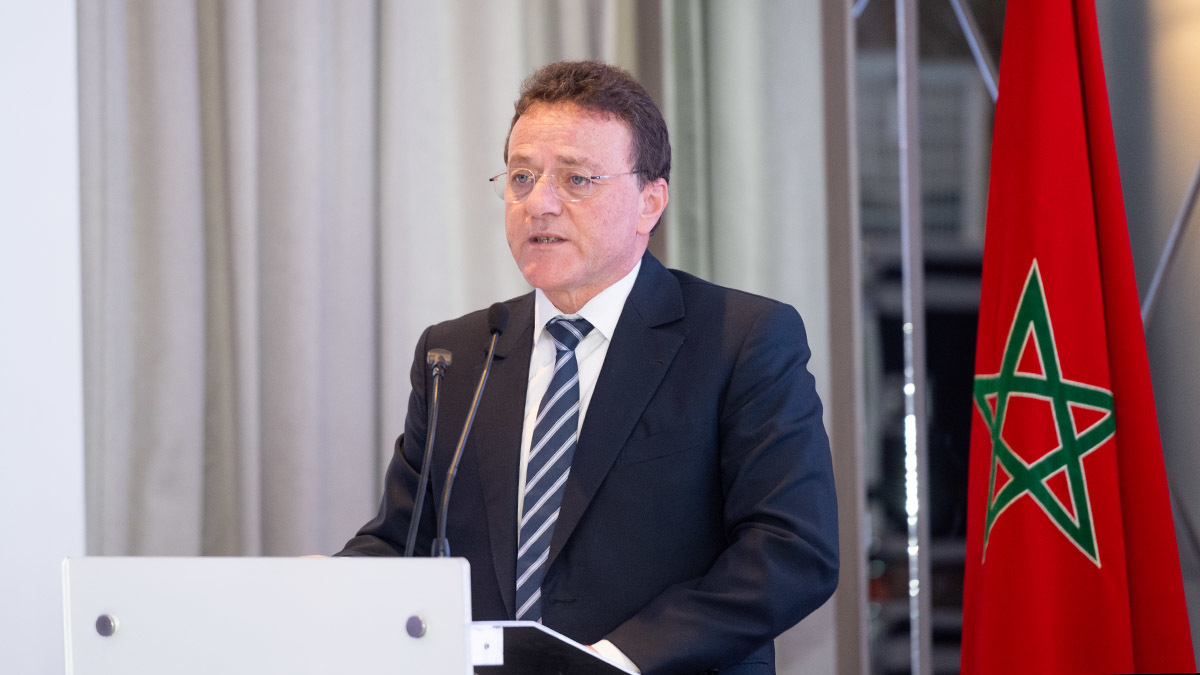
He explained that, as part of this growing momentum, in the medium term the transport and logistics sector will become ‘the culmination of a major overall public investment programme aimed at achieving the development of an integrated and sustainable public transport system for people that is able to meet the needs of national and international travel, ensuring safety and adequate quality’.
With a focus on improving tourism in less visited areas of the country due to their accessibility, Abdeljalil recalled that a framework cooperation agreement was signed in 2023 to implement a strategic action plan for the tourism industry with a budget of 6.1 billion dirhams for the period 2023-2026, with the aim of attracting approximately 17.5 million tourists by 2026.

What are the policies and role of Royal Air Maroc?
He stressed that the government's air transport policy is based on further liberalisation of the air transport market, promoting domestic air transport as a support to overcome isolation and develop tourism, as well as the development of the Casablanca hub that accompanies Royal Air Maroc (RAM) in its strategic programme.
In addition to RAM, more than 20 renowned companies in the sector will be directly and indirectly involved in the growth of the sector in the North African nation. In this regard, the minister announced that a programme agreement (2023-2037) was signed on 11 July 2023 between the government and Royal Air Maroc, which provides for an increase in the State's contribution to the capital.
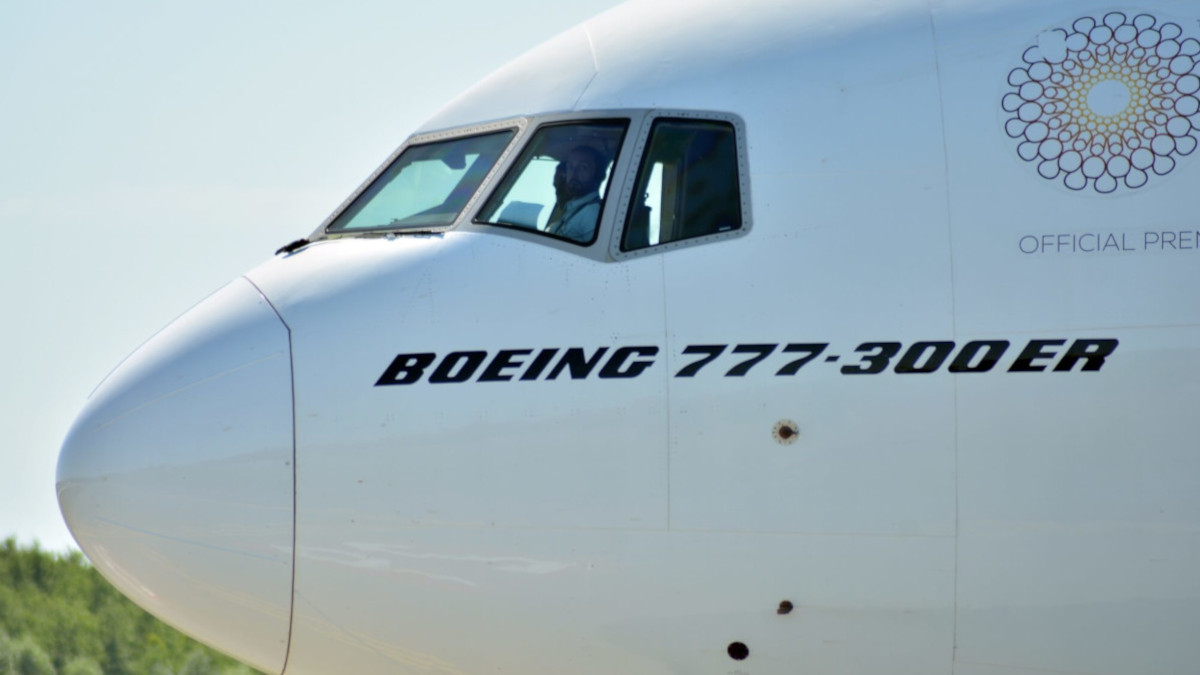
To this end, a major investment programme was launched for the company, with the aim of quadrupling and increasing the air fleet from 50 to 200 over the next 15 years, carrying more than 32 million passengers a year, in addition to adding more than 100 new international destinations.
According to the minister, this expansion plan will reinforce the existing network that Royal Air Maroc benefits from through its membership of the One World alliance, so that ‘its international network will include more than 160 direct flights connected to the extensive One World Alliance network and 900 airports in more than 170 countries and territories around the world’.

Once the construction of the new terminal at Rabat-Salé airport is completed, it will be able to accommodate 4 million passengers and the construction of a new passenger terminal at Tetouan-Sania Ramel airport, as well as the expansion of Al Hoceima airport.
Abdeljalil underlined that, starting from the perspective of developing the local territorial space and the presence in RAM's centre of interests in accordance with the country's strategic direction, the company's new strategy envisages a complete parallel analysis of the national situation of the aviation network.
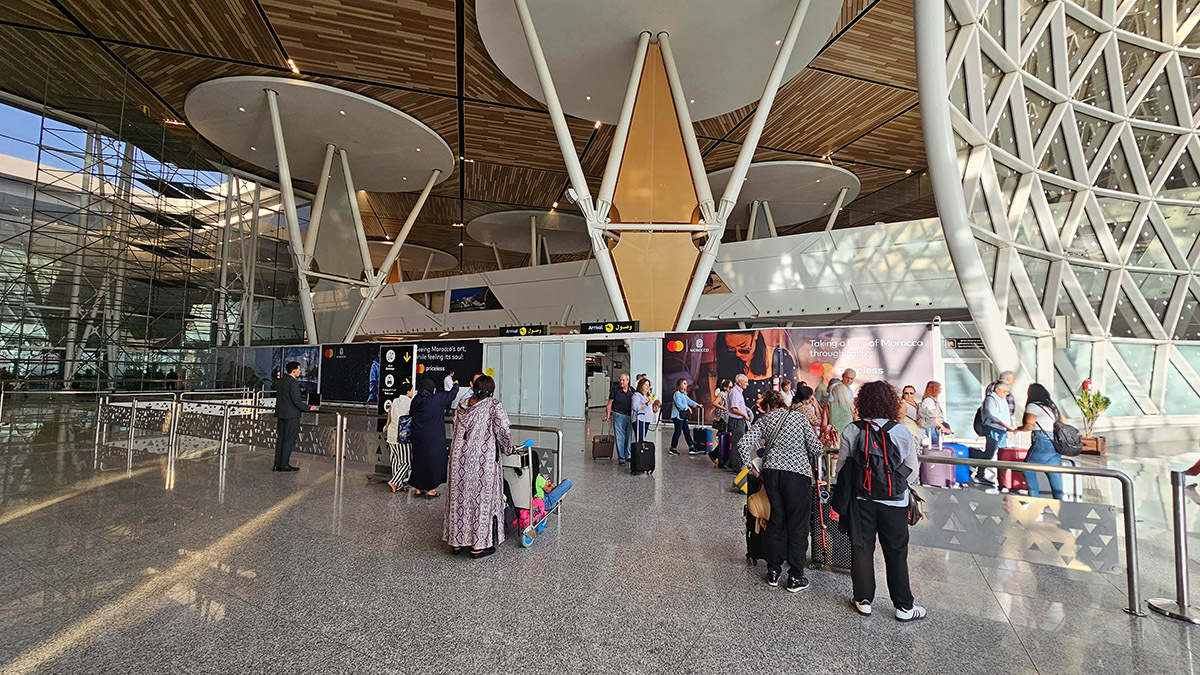
Casablanca will be one of the most important hubs in the Mediterranean region
An infrastructure study was launched in 2023 for Casablanca's Mohammed V airport, to provide it with a modern and up-to-date infrastructure with the highest performance, according to international standards. standards and support its growing role as a major African hub, among the top 100 airports in the world.
The minister added that one of the key levers to achieve the objectives is the approval of the development of a plan to double the capacity of air transport, both nationally and internationally, air traffic between Morocco and various regions of the world. Examples include the Shimco facility, which recently received Boeing certification, or the extensions planned for the coming years of Terminal 2 at Casablanca's Mohammed V airport.
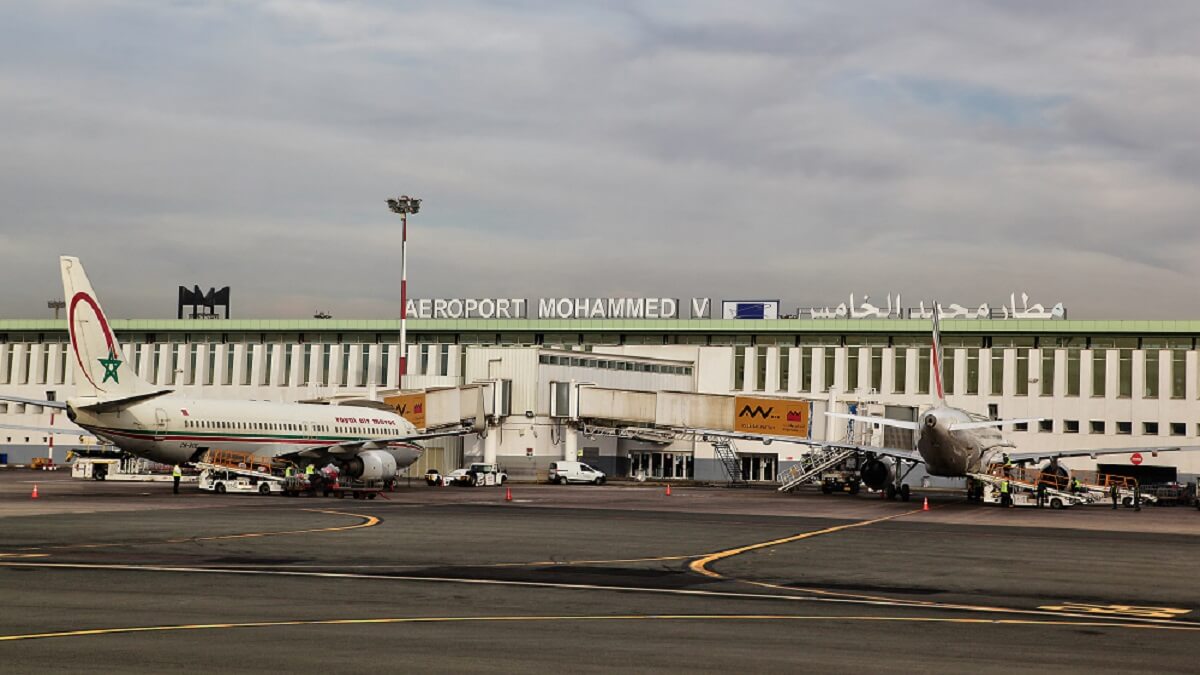
In addition, the National Airports Authority will continue to work to implement improvements that will bring rapid benefits to the airports of Marrakech, Agadir and Tangier through practical measures to increase the capacity of these facilities and improve the efficiency of passenger transport services and the quality of the services they provide.
The minister mentioned the development of the national railway system, to be completed by 2024-2030, when the high-speed rail network will be extended to the entire city of Marrakech and an urban and regional railway will be developed, new areas (RER) at the level of the Casablanca-Settat region, the Rabat-Salé-Kenitra region and the Marrakech-Bengerir region.
In addition, the Casablanca road network will be developed as an internal network project to directly connect other cities with each other, ensuring smooth communication between areas. Air force bases will be established in six cities. The network will include 46 routes and 173 flights in a format suitable for short- and medium-haul routes.
What other solutions does Morocco have in mind for the 2030 World Cup?
The arrival in the country of the most watched event on the planet is proving to be a challenge for Morocco. The arrival of millions of people in the country can cause security and mobility problems that the Alawi nation is beginning to tackle.

In response, the minister and his team said the construction of new train lines ‘will effectively contribute to traffic management in both areas and improve the efficiency of the public transport system for tourists’, noting that the National Office of Railways (Office National des Chemins de Fer, ONCF) will invest an amount of 16 billion dirhams to purchase 168 tracks (150 trains to operate intercity trains, high-speed train routes and intercity trains and 18 trains to extend high-speed routes).
The ONCF will maintain the works planned under the railway safety programme, including the liquidation of single-level corridors and their replacement with technical facilities, as well as equipping the remaining corridors with sound warning mechanisms and automatic closure of corridors, traffic lights, fencing corridors and building pedestrian bridges.

